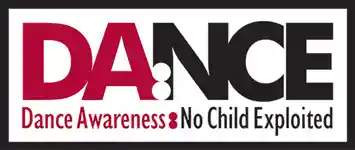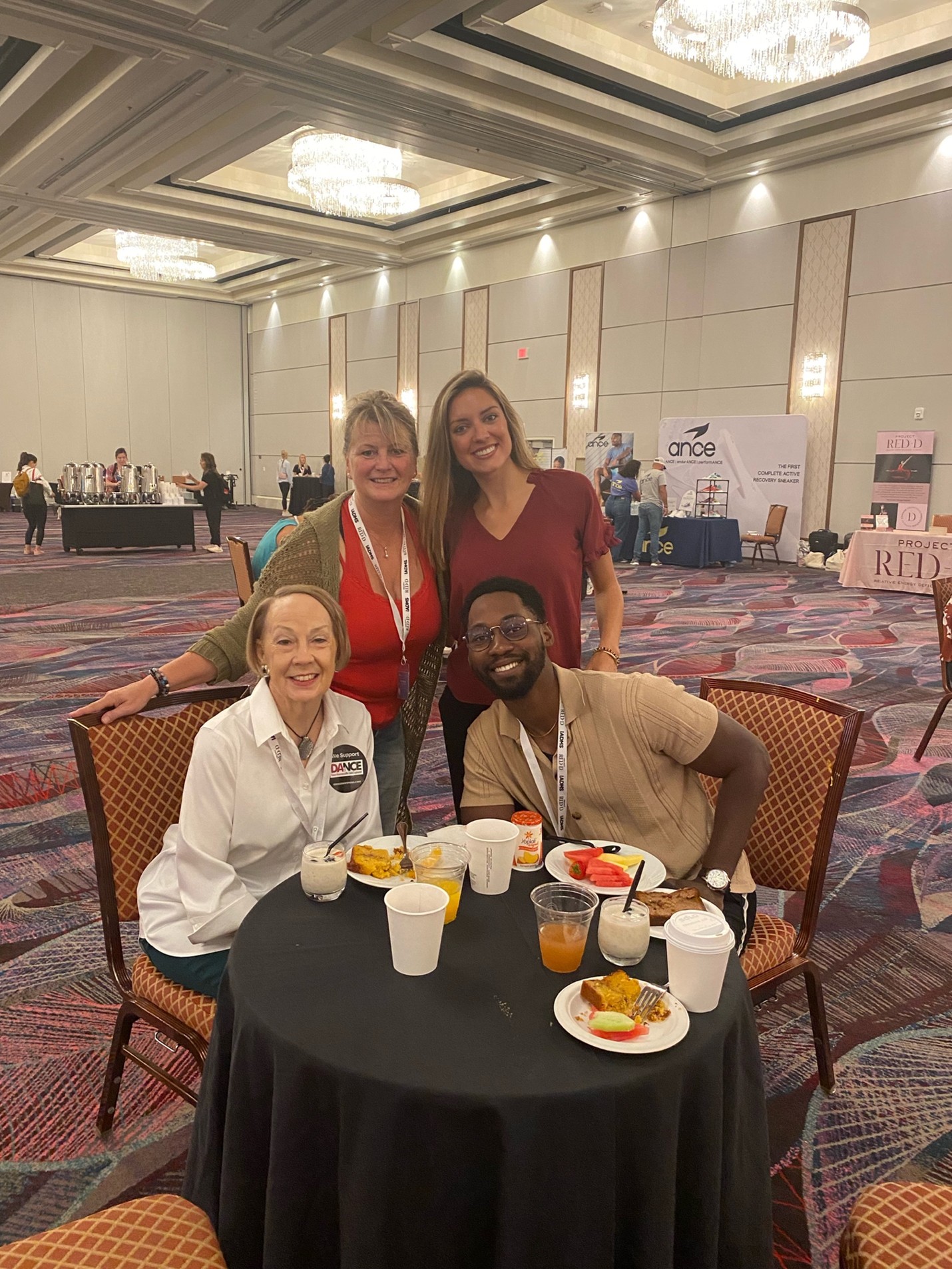“It changed; this is what you are wearing now” the assistant said… “It was me, by myself. I had no one to advocate for me… So, I cleaned myself up, wiped away my tears and went out and did a show” (Chand, 2021).
Consent. It is a concept that has always been and continues to remain highly valued. Emphasized not only as a way to protect people, but also to measure instances of abuse. However, it is false to assume that it is universally understood.
As defined by Merriam-Webster’s dictionary, consent is “compliance in or approval of what is done or proposed by another,” with the legal definition being, “the voluntary agreement or acquiescence by a person of age or with requisite mental capacity who is not under duress or coercion and usually who has knowledge or understanding.” Due to the fact that most children only hear about consent in passing, or mere mentions of it in western sexual education, many young minds lack this comprehensive and nuanced understanding. To children, the legal understanding of consent is not thoroughly discussed, nor is it self-explanatory. They learn to say “yes” and to say “no” without learning about the extent of their freedom to say “no.”
Especially for a child, consent cannot afford to be ambiguous. More often than not, children and even adults easily accept circumstances without the full picture, the correct information, or the option to refuse. Thus, red flags, warning signs, and simple queues of coercive, exploitive, or abusive circumstances are missed, leaving the vulnerable child or adult with only one choice, to say “okay” and “yes.”
When children are not given a comprehensive, nuanced understanding of consent, we prepare them for potential coercion, exploitation, and abuse.
Over the past year, we have interviewed dancers and educators from across the United States to better understand their experiences, as well as their observations, as children and adults within the dance world. The first major issue that surfaced was that children are rarely taught or provided the option to deny consent regarding anything that makes them uncomfortable or may be inappropriate for their age.
Christy Chand, Associate Professor and Chair of the Theatre and Dance Department at Cal Poly, recounts being 15 years old as a fairly reserved child. She had been dancing for over a decade and received a performance opportunity for a hair show. The choreographer was a big name from Los Angeles, which was a big deal to a teenager in the industry. She, and the other girls, were told they would be wearing pink, barbie-style dresses for the performance.
On the day of the big show, Christy’s mom, trusting and confident, dropped her off at the convention center. After a very long day in hair and makeup, it came time to get into costumes.
“I stood in a bathroom stall,” she recalled, “as an assistant hung the costume over the door” (Chand, 2021). She held up the hanger consisting of four pairs of tights; two nude-colored as the base of the costume (one without a crotch), one with a velvety pattern that looked like a tattoo, and another pair to be worn on top. “Then they handed me a G-string and a pot of concealer to cover my nipples… Even though they were tights, they were still entirely see-through.”
“Where is the rest of it?” she asked from inside the stall.
“Oh, it changed, this is what you are wearing now,” the assistant said, matter-of-factly.
At age 15, with the absence of a parental figure, the looming reputation of the choreographer, and being at the mercy of the costume decisions, she started crying.
“It was me, by myself. I had no one to advocate for me. It was like, ‘you do this or… ‘I don’t even know what the alternative is, right?”
She continued, “I cleaned myself up, wiped away my tears and went out and did a show.” (Chand, 2021). This was a girl, still very much a child, apprehensively offering herself, almost fully exposed, to an audience of strangers.
“Things like this are so pervasive in the competition world” she said. Given the competitive nature and small size of the dance industry, refusing participation or walking off the job leads to “that person telling this other person, and now, your career is over.” This is a subtle reality that will cause any young dancer to justify doing something they may later regret and may likely lead to trauma. “It is still with me…very much so,” Chand says.
We also spoke with Anakarina Swanson, dance educator for over a decade, director of three Hip Hop companies, and the Hip Hop Director at the Dance Center in Santa Rosa, California. She noted, “it really drives me crazy when I see anybody in a costume that, you can tell, they cannot fully perform in. They might be pulling or tucking when they are getting ready or on stage. It is so clear they are uncomfortable, so why put them on a stage where everyone can see them? … I always tell my dancers, ‘I will never put you in a costume that I’m not willing to wear myself’” (Swanson, 2021).
Swanson notes that when seeing works where the costumes, choreography and music were sexualized, she said “none of the dancers spoke up. None said, ‘I don’t feel comfortable wearing this.’”
So, why don’t they speak up? She answered, “The fact that teachers instill these expectations, ‘Nope, this is your job’ or ‘you have to grin and bear it’ is not sending a good message.”
“If ever a student comes forward and says that they are uncomfortable, we need to be open minded enough to set our ego aside. Instead of saying ‘okay then get out’ or ‘it’s my way or the highway’ we need to ask ‘okay…why are they uncomfortable?’ or ‘how can I help?’”
“We need to think ‘what can we do to make things better? How can I be better?’ A child saying ‘I am uncomfortable with this’ is huge… They are advocating for themselves, for their safety and health.” Self-advocacy takes courage and they cannot know how to unless they have learned from a safe and trusted adult that they have the freedom to say “no.”
In order to be assured that a child is able to consent, they need to know that a legitimate option for “no” exists. If the option for “no” does not exist or is unclear, consent is not possible. Here are a few clear indicators:
- “Can we stop?” means “no”.
- “Not yet” or “I am not ready” means “no”.
- “I am not sure” means “no”.
- “I don’t know” means “no”.
- “I guess” means “no”.
- Accepting in the presence of feeling pressured, convinced, coerced, or forced, means “no”.
- A shrug with shifty, downcast, eyes, means “no”.
- Crying or wiping their eyes before tears can be seen, means “no”.
- Retreating or isolating means “no”.
- And here is the big one…SILENCE MEANS “NO”.
Scowling at the reflection in the mirror as they overanalyze every aspect of their body or glancing stressfully from themselves to other students over and over, can also indicate that something is wrong.
It should also be a flag if a child expresses or shows the slightest bit of discomfort or unease, or express any variation of the above-mentioned statements or actions.
We must also keep in mind that consent is not possible if they are over-tired or in an otherwise compromised state.
At any age around or below 18, we can assume that offering or refusing consent is a huge hurdle. Consent requires a deep understanding of personal values, desires, and needs. In fact, because the area of the brain responsible for decision-making and impulse control in adolescents continues to develop until about age 25, the available options must be explicitly offered to them. This, therefore, requires intervention and advocacy from parents and educators.
While we cannot control others, those of us reading this article have the ability and even the obligation to be the voice that breaks the cycle. In an ongoing fashion, we must:
- Be willing to step forward the moment we see something that is unhealthy or harmful for a child.
“Parents and dance educators need to step in earlier,” Chand says. “If a parent doesn’t stop the situation in one instance, a child will not expect their advocacy in another.” For example, if a child learns adult choreography to adult music, in adult costumes, and the educators and parents remain indifferent, or even approving or applauding, the child learns that the adult nature of the content they are in is normal and acceptable, maybe even worth pursuing.
In Chand’s case, it would have been better had the choreographer and costume designer given their dancers a costume they had already agreed to. And even still, had the assistant just asked the girls, “Are you comfortable with this?” or “Would you rather wear something else?” this would have provided a means for Chand to express her fear. Furthermore, if, on a day as big as this one, a safe adult was with her in this moment, she could confidently look back knowing she had been protected from being objectified and exploited.
- Educate our students of the nuance of consent. Help them know when to respond with yes and with no.
“We need to do a better job,” says Swanson. “…as educators, to create a space where children do not have to speak up and say no…We need to do our job as teachers to not even put them in that situation in the first place.”
However, “even if the content is non-sexual, students still need an out,” says Chand. Students are rarely provided the option to say no or decide against being touched or touching someone else, but they should be aware that there is always that option.”
As previously mentioned, due to the child’s mental capability, this must be modeled and explicitly expressed. In every instance, we must acknowledge hesitancy, silence, uncertainty, and the like, as indicators of a lack of true consent. Therefore, we should provide alternatives and specific questions, including: “Do you not like this?” “Are you uncomfortable?” “Would you rather do something else?” “It is OKAY if you do.”
- Teach students, when faced with people who will seek to coerce or exploit them, they should always have a way out. Their comfort, safety, and personhood matter more than anything else.
The message children receive in dance class, at school, on social media, in the locker room, and through porn culture, is that sexualized content gets noticed and liked. If placed in an unhealthy dance class or trained to perform hypersexualized routines in shows and competitions, and all they hear is cheers and applause, they quickly learn that the inkling they have in their gut telling them something is wrong should be ignored. They learn that winning, getting attention, and being loved require – to a degree – allowing their values and humanity be diminished or violated.
Chand adds, “Students need to be made aware that if a choreographer likes to do a lot of sexual work or partner work that calls for touching that they do not have to audition. “We should be able to tell them they do not have to take the job but that they have a choice, so what they choose to do serves them and fits with their values.”
- Show students that “there are multiple paths to a dance career” (Chand, 2021).
A career that gains applause from hypersexualized content is dehumanizing and causes viewers to see people into objects. A successful dance career ought to continually remind students of their value, worth, and dignity. So now, we must help them participate in dance that is healthy, thought-provoking, joyful, and transforming.
 Bio:
Bio:
Jaime Logan (previously Woicicki) grew up in Sonoma County, California, and currently resides in the Inland Empire. Growing up, she was involved in theater, modeling, and dance. She eventually moved to Denver, joining a semi-professional dance company whose mission was to aid and restore battered women and children. She earned her Bachelor’s Degree in Psychology at Biola University, was awarded the President’s Scholarship alongside several other merits, and is now pursuing her Master’s Degree in Public Health Education and Promotion through Walden University.
She plans to use her training to become a Master Certified Health Education Specialist (MCHES) and develop long-term, comprehensive health and sex education for middle and high school students. Due to her experience of hypersexualization, betrayal trauma, and emotional abuse as a girl, she envisions the education emphasizing innate human value, body autonomy, and boundaries, developing healthy and emotionally-connected relationships, and building emotional connections in intimate relationships. She also later recognized the prevalence of, and the laundry list of issues associated with, childhood exposure to pornography, such as child-on-child sexual abuse. She also wants the curriculum to address tools for recognizing red flags and reporting all forms of abuse, empowerment versus objectification, online safety practices, and understanding the scientifically proven harms associated with pornography consumption.
While in school, Jaime currently works in Administration for Women’s Health Care and volunteers as a blog author for Dance Awareness: No Child Exploited and Biola University’s Center for Marriage and Relationships. She dedicates herself to using social platforms to educate on the harms of pornography and provide resources to teens, parents, and those who seek freedom from porn addiction. She also loves adult coloring books, reading, researching, and, of course, dancing. Since leaving the studio world, she still uses dance as her expression of praise every Sunday at her home church, alongside some of her closest friends. And above all, she loves spending quality time, and deepening her emotional connection, with her husband and partner for life, Jonah.



